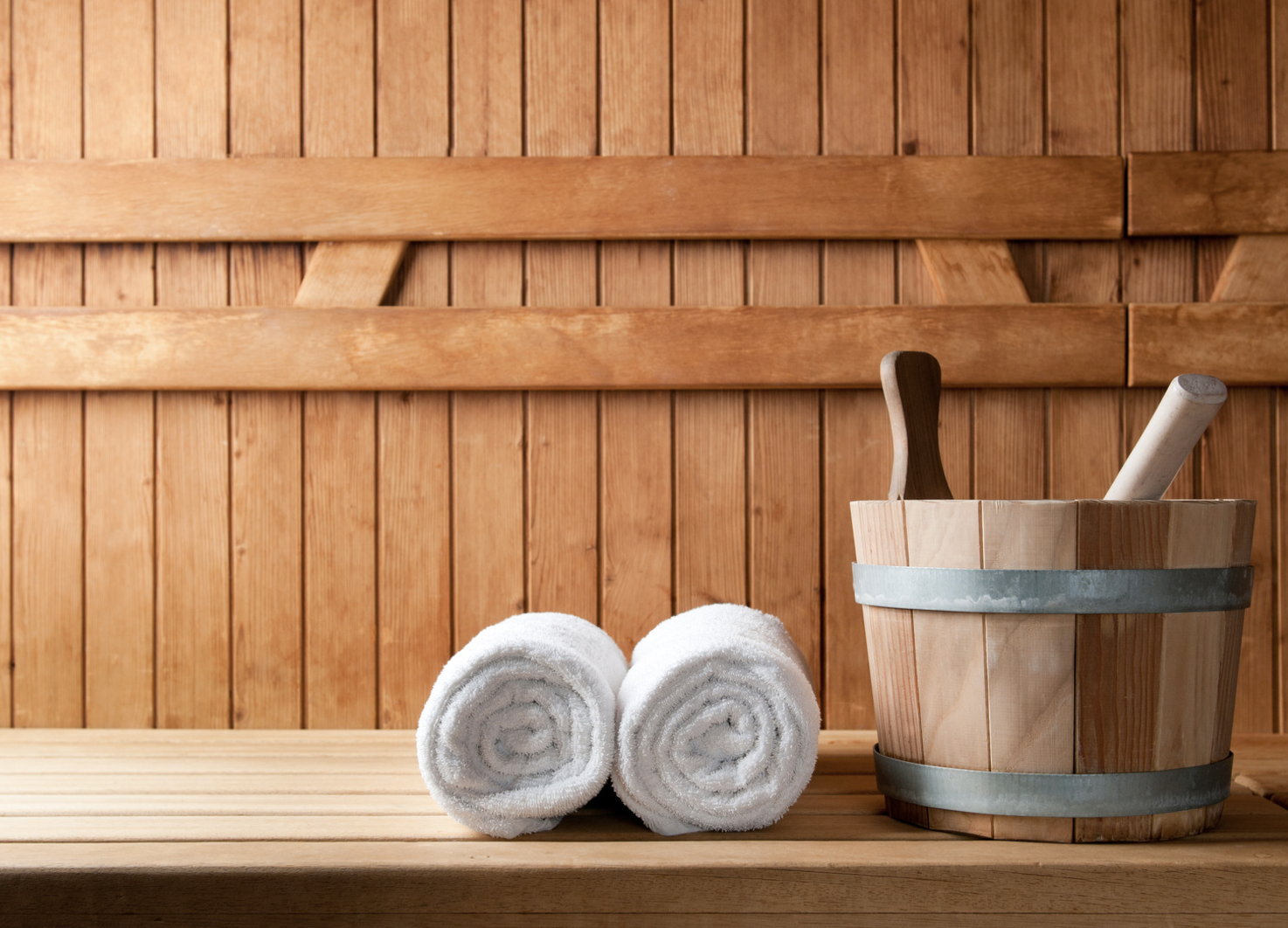
In today’s world, spas have become synonymous with luxury, relaxation, and well-being. The industry is booming, with an increasing number of people seeking refuge in these serene environments to escape the stresses of everyday life. However, beneath this atmosphere of tranquility lies an important issue that cannot be ignored: the environmental impact of spas, particularly their water usage.
 Water is the lifeblood of spas. From hydrotherapy pools to steam rooms, saunas, and Jacuzzis, water plays a central role in creating the ultimate spa experience. But as the global water crisis becomes more pronounced, it is imperative for the spa industry to reconcile its reliance on water with the need for sustainability. This article explores the environmental challenges of spas, focusing on water usage and offering actionable solutions for a more sustainable future.
Water is the lifeblood of spas. From hydrotherapy pools to steam rooms, saunas, and Jacuzzis, water plays a central role in creating the ultimate spa experience. But as the global water crisis becomes more pronounced, it is imperative for the spa industry to reconcile its reliance on water with the need for sustainability. This article explores the environmental challenges of spas, focusing on water usage and offering actionable solutions for a more sustainable future.
The Magnitude of Water Consumption in Spas
The spa industry is a significant consumer of water. Whether it’s for therapeutic treatments, hygiene practices, or aesthetic features, the sheer volume of water used in spa facilities is staggering. For instance:
- A single spa pool can hold up to 3,000 liters of water, requiring regular refills and maintenance.
- Saunas and steam rooms rely on continuous water usage to maintain the humid conditions clients expect.
- Multiple showers, bathtubs, and water-based treatments can add thousands of liters to a spa’s daily water consumption
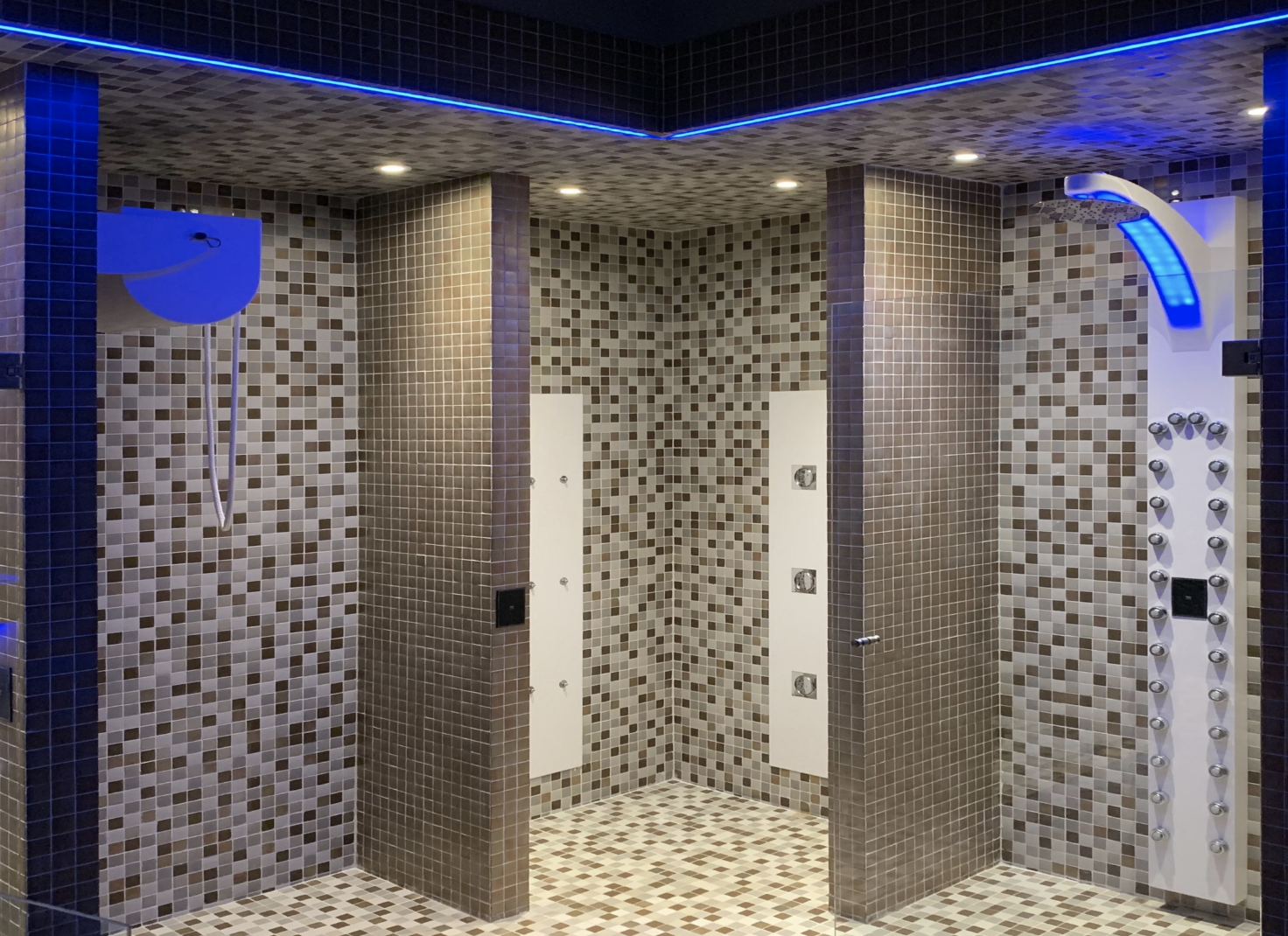 In some cases, high-end spas also boast fountains, waterfalls, and landscaped gardens that require irrigation, further increasing water usage. For spas located in regions where water scarcity is an issue, this poses a significant ethical and logistical dilemma.
In some cases, high-end spas also boast fountains, waterfalls, and landscaped gardens that require irrigation, further increasing water usage. For spas located in regions where water scarcity is an issue, this poses a significant ethical and logistical dilemma.
The Broader Environmental Impact
Beyond water consumption, spas contribute to environmental degradation in several ways:
1. Chemical Pollution:
Spas use chemicals such as chlorine and bromine to maintain water quality in pools and hot tubs. When this water is discharged improperly, it can contaminate local ecosystems, harming aquatic life and vegetation.
2. Energy Consumption:
Heating water for pools, showers, and steam rooms demands significant energy, which is often derived from non-renewable sources. This contributes to greenhouse gas emissions, compounding the environmental footprint of spa operations.
3. Wastewater Management:
Improper disposal of wastewater poses another challenge. Wastewater from spas often contains not only chemicals but also oils, lotions, and other contaminants that can disrupt local water treatment processes.
4. Overuse of Natural Resources:
In some regions, spas draw water from natural springs or underground reserves. Over time, this can lead to the depletion of these resources, affecting local communities and ecosystems that rely on them.
 Consumer Expectations vs. Sustainability
Consumer Expectations vs. Sustainability
One of the biggest challenges in addressing water usage in spas is managing consumer expectations. Guests often associate spas with indulgence and excess, expecting facilities to offer luxurious pools, bubbling Jacuzzis, and cascading water features. For many spa operators, the fear of compromising the guest experience deters them from implementing more sustainable practices.
However, consumer attitudes are changing. With increasing awareness of climate change and resource scarcity, eco-conscious clients are seeking businesses that align with their values. This shift presents an opportunity for spas to embrace sustainability not just as a necessity but as a competitive advantage.
Sustainable Practices for Spa Operators
To address these environmental challenges, the spa industry must adopt innovative and sustainable practices. Here are some actionable strategies:
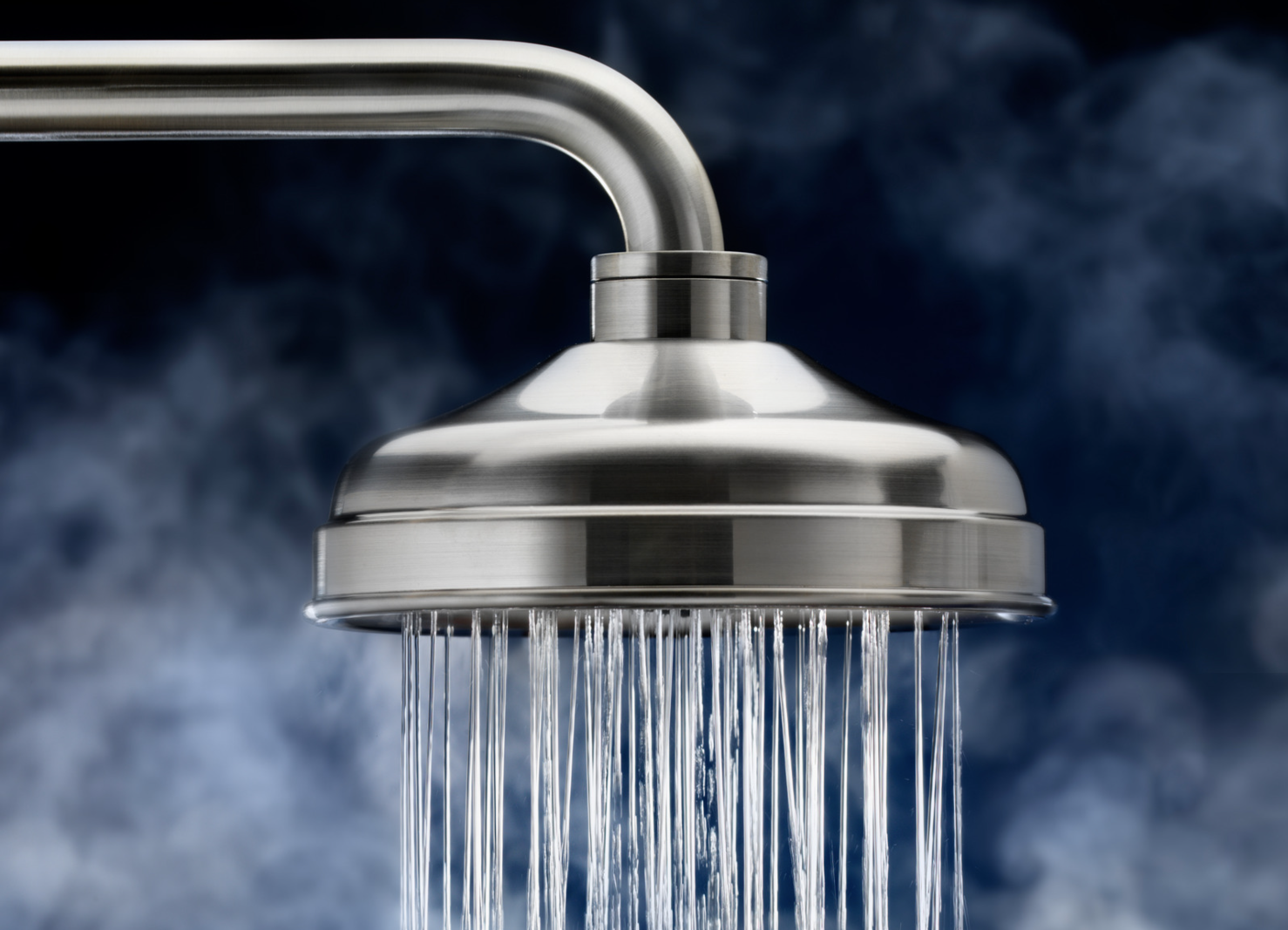
Water Recycling and Reuse:
Implementing greywater recycling systems can significantly reduce water consumption. Greywater from showers and sinks can be treated and reused for non-potable purposes such as irrigation or toilet flushing.
Eco-Friendly Technologies:
Installing low-flow showerheads, smart water meters, and water-efficient faucets can help optimize water usage. Technologies such as ozone filtration systems can reduce the reliance on chlorine in pools, making water safer for discharge.
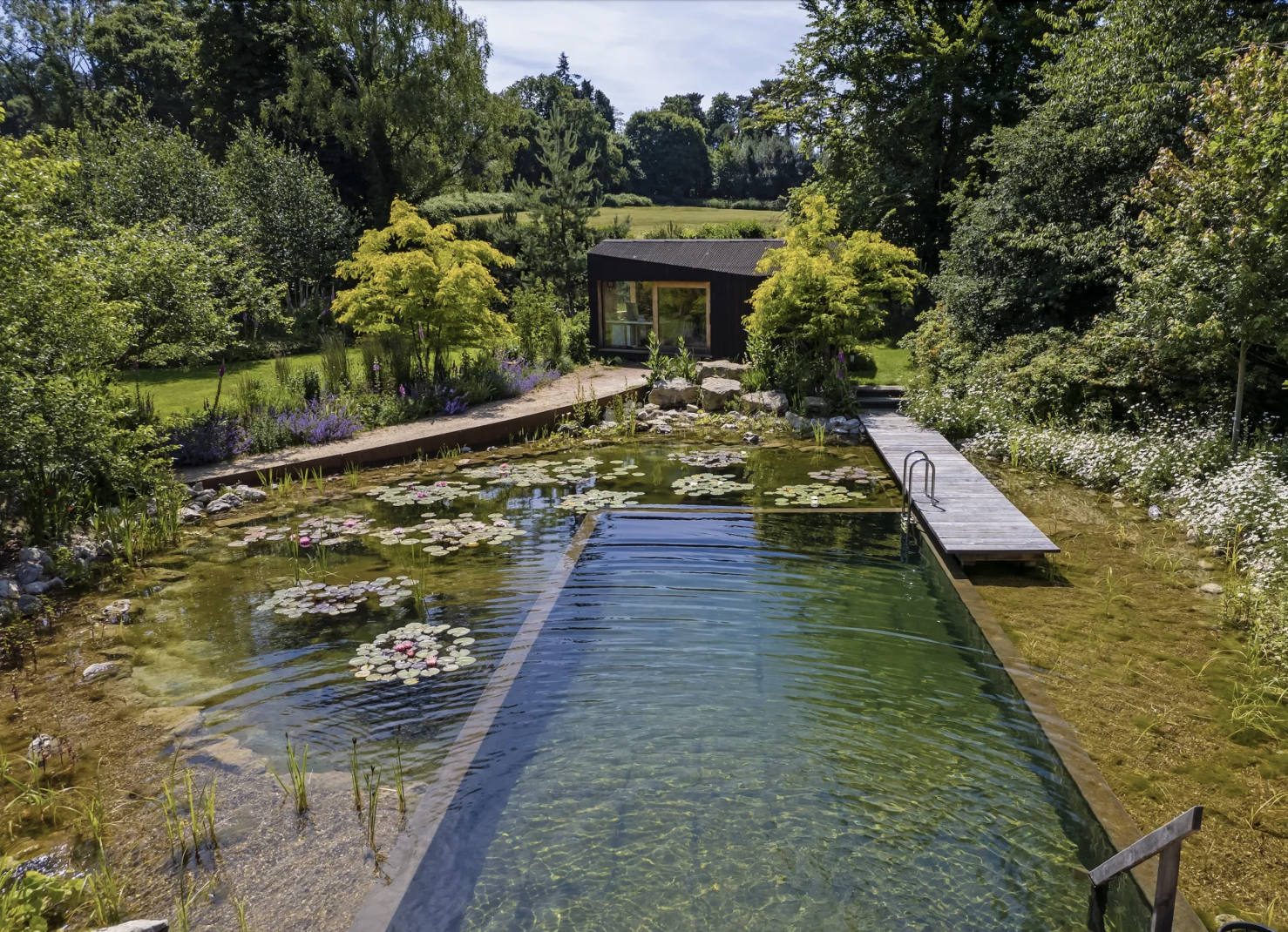
Natural Swimming Pools:
Switching to natural swimming pools eliminates the need for chemical treatments. These pools use plants and microorganisms to maintain water quality, offering a sustainable and visually appealing alternative to traditional pools.
Energy-Efficient Heating Systems:
Solar water heaters and heat pumps can reduce the energy required to heat water for pools and steam rooms. Additionally, insulating pipes and tanks minimizes heat loss, further improving efficiency.
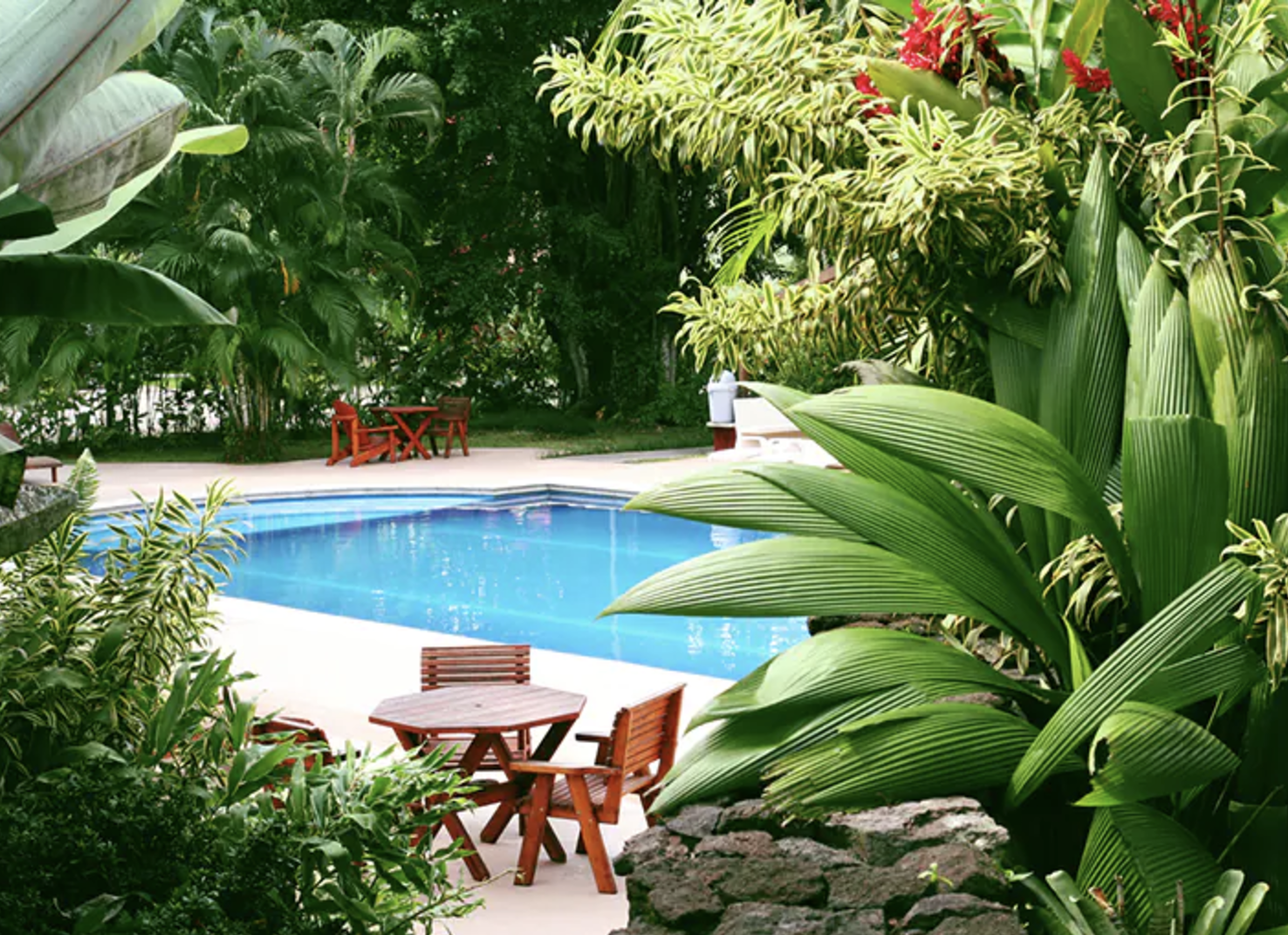
Landscaping with Native Plants:
Spas with outdoor spaces can reduce water usage by landscaping with drought-resistant native plants that require minimal irrigation.
Wastewater Treatment:
Investing in on-site wastewater treatment systems ensures that discharged water meets environmental standards. This prevents contamination of local water sources and reduces the spa’s overall environmental footprint.
Client Education:
Educating clients about water conservation efforts can foster a sense of shared responsibility. Signage in spa facilities and social media campaigns can highlight the steps being taken to reduce water usage, encouraging clients to support these initiatives.
Certifications and Partnerships:
Obtaining eco-certifications such as LEED (Leadership in Energy and Environmental Design) or joining organizations like the Green Spa Network demonstrates a commitment to sustainability. These certifications can attract environmentally conscious clients while setting industry benchmarks for sustainability.
Real-World Examples of Sustainable Spas
Several spas around the world have already embraced sustainable practices, serving as models for the industry:
- The Scarlet Hotel Spa (UK): This eco-spa uses a reed bed system to naturally filter wastewater, which is then reused for irrigation.
- Six Senses Resorts (Global): Known for their commitment to sustainability, these spas utilize solar panels, rainwater harvesting, and on-site organic gardens.
- Bambu Indah (Bali): This eco-luxury retreat features natural swimming pools and relies on permaculture principles to minimize its environmental impact.

These examples show that it is possible to create luxurious spa experiences while prioritizing environmental stewardship.
The Role of Leadership in Driving Change
Leadership is crucial in driving sustainable change within the spa industry. Spa owners and managers must recognize that sustainability is not just an operational adjustment but a core value that can define their brand. By prioritizing eco-friendly practices, they can position their businesses as leaders in the wellness sector, setting a positive example for others to follow.
Key actions for leaders include:
- Investing in staff training to ensure everyone understands and supports sustainability initiatives.
- Conducting regular audits to identify areas for improvement in water and energy usage.
- Collaborating with industry peers to share knowledge and resources for implementing sustainable practices.
Looking Ahead: A Vision for Sustainable Wellness
The path to sustainability in the spa industry is not without its challenges, but the rewards are immense. By embracing innovative technologies and fostering a culture of conservation, spas can continue to offer the relaxation and rejuvenation their clients seek while preserving the planet for future generations.
In the end, sustainability is not about sacrifice—it’s about harmony. It’s about creating spaces that nurture both the individual and the environment. As the spa industry evolves, let it be a leader in demonstrating how luxury and responsibility can coexist.





